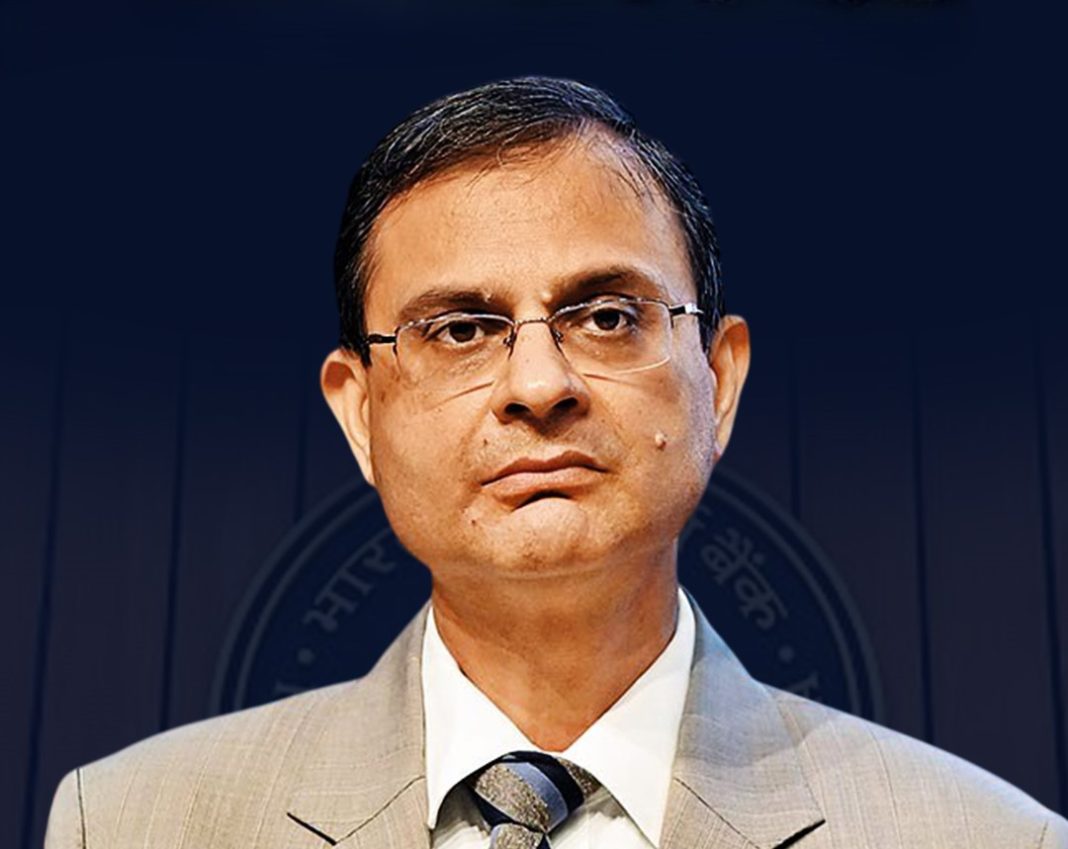New Delhi, Oct 3: India’s macro-economic fundamentals have continued to remain very strong, and the country has become an anchor of stability in a volatile world, Reserve Bank Governor Sanjay Malhotra said on Friday.
Speaking at Kautilya Economic Conclave 2025 here, the governor attributed the country’s strong fundamentals to low inflation, good foreign exchange reserves, a narrow current account deficit, and strong balance sheets of our banks and corporates.
“It is the combined efforts of the government’s policy makers, regulators, and regulated entities. All in all, despite recent odds, the economy seems well settled into an equilibrium of resilient growth. This is quite a feat…makes India stand out as an anchor of stability in a volatile world,” Malhotra said.
The Reserve Bank on Wednesday revised upward its growth estimates for the current fiscal year to 6.8 per cent and lowered its inflation projection to 2.6 per cent based on an above-normal monsoon and the rationalisation of GST rates.
In August, the Reserve Bank of India (RBI) projected a 6.5 per cent GDP growth rate for 2025-26, along with an inflation forecast of 3.1 per cent.
“India’s macroeconomic fundamentals have remained very strong, built assiduously over the decades. We have strong forex reserves, low inflation since February, a narrow current account deficit, a very credible fiscal consolidation path, very strong balance sheets of our banks and corporates,” the governor said.
This, Malhotra said, is to be attributed to the steadfast attention to ensuring microeconomic, price, financial, and even policy stability, despite changes in the government.
India’s forex reserves stood at USD 700.236 billion during the week ended September 26, according to the RBI data on Friday.
In the latest monetary policy statement, the RBI said the inflation outcome is likely to be softer than what was projected in August, primarily on account of the GST rate cuts and benign food prices.
It has projected the consumer price index (CPI) based inflation for 2025-26 at 2.6 per cent, with Q2 at 1.8 per cent, Q3 at 1.8 per cent, and Q4 at 4.0 per cent.
The inflation for Q1 2026-27 is projected at 4.5 per cent. The risks are evenly balanced. (PTI)




